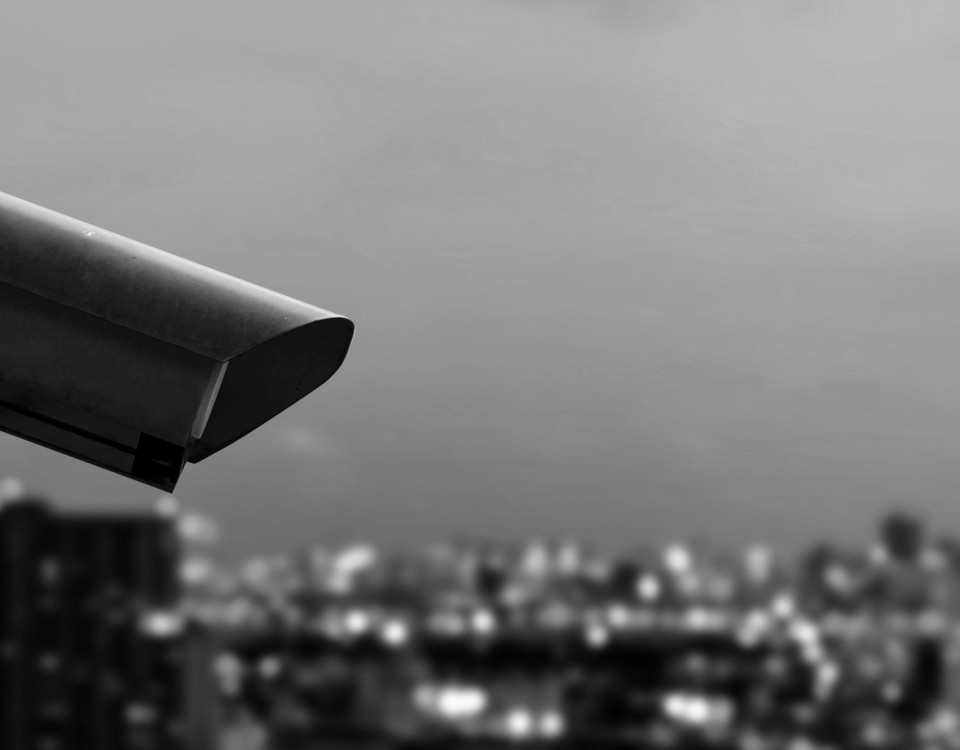IFSEC 2001 Global Annual Security Event.
22 April 2011V-TAS PRO integrates with range of products by Pelco
28 April 2011A Short Evaluation of the (Economic) Benefits of the Milton Keynes CCTV System in Managing Police Resources
 This report provides the findings of a research study reviewing some of the economic and efficiency benefits of the Milton Keynes CCTV system. There are 30 external cameras covering the Milton Keynes city centre and six located in a small town within the city. The monitoring team are based within the Milton Keynes police station and have the equipment to copy tapes on site.
This report provides the findings of a research study reviewing some of the economic and efficiency benefits of the Milton Keynes CCTV system. There are 30 external cameras covering the Milton Keynes city centre and six located in a small town within the city. The monitoring team are based within the Milton Keynes police station and have the equipment to copy tapes on site.
A range of quantitative and qualitative methodologies were used to identify benefits and savings. Case files covering a period of ten months were reviewed to identify cases where CCTV was a key source of evidence, in addition data collected by the CCTV team was analysed. The views of Milton Keynes police officers were obtained using a number of methods, an electronic survey, telephone interviews and a focus group. In addition a range of representatives from a variety of police departments and criminal justice agencies were consulted.
It is clear that CCTV leads to a wide range of economic and efficiency savings to the police. The consultation found that CCTV is a valuable resource which can be used to manage police resources, help investigation and collect intelligence. Some of the main benefits of CCTV to the police are:
- CCTV technicians can direct the police to offenders who have fled the incident site, confirm the suspect’s identity and ensure that the correct offender is arrested.
- CCTV evidence is available at the time of the interview and this can be used to obtain an early guilty plea reducing the need for further investigation.
- The CCTV team can observe calls from the public on the police Command and Control screen and use the cameras to determine whether a police response is required.
- The CCTV team can search for missing persons.
- The CCTV team can locate and identify persons wanted by the police.
- CCTV technicians (Within the Milton Keynes CCTV team CCTV operators are given the title of CCTV technicians.) can identify incidents in their early stages facilitating early intervention and reducing the dangers that sometimes accompany escalation.
- The CCTV team can collate intelligence on behalf of the police or others.
- CCTV evidence can be used in disciplinary investigations to refute or support allegations.
The report identified a lot of savings as a result of CCTV, however only some of these could be costed, indeed many could not. However, of those that can be costed the report estimates that in one year the CCTV team may have contributed at least £4,313.49 in actual savings to the police and perhaps up to £7,716.45, these figures are based on a review of 20 files. Again it is important to stress that this is a minimum saving and is far short of the actual. Indeed it is possible to identify additional potential savings of at least £79,510.94 and this may be as much as £287,493.18
In the wider criminal justice system the CCTV team has two clear benefits which can be quantified, obtaining an early guilty plea, which reduces the number of court hearings and costs to the criminal justice agencies, and early intervention, which means that less serious cases are dealt with at court which are likely to incur fewer processing costs. Where CCTV evidence has been used to secure an early guilty plea at least £8,345.18 has been saved for criminal justice agencies in a 12 month period. In addition the impact of early intervention in one year has lead to a potential saving of £1,601,600.
There are numerous benefits derived by the CCTV team to the criminal justice system and beyond which have not been quantified. Two main areas are the detection and reporting of offences and providingintelligence. It also acts as a deterrent and can prevent further incidents occurring through early intervention.
The report has attached a value to the savings achieved by the CCTV team. There are several benefits listed here for which a value was not identified because appropriate data was not available. However, there are some measures that can be introduced to address this gap and apply a value to some of the “unquantifiable” benefits. Improved activity costing by the police to determine the average length of time taken to carry out each step of an investigation would go a long way towards this. Indeed this is likely to be introduced to the force in the next few years. In the meantime better tracking of how CCTV evidence is used and the outcome would also be beneficial.
Author
Nick Saunders, Director & Principal Consultant, NSG Security Consultants is a former police officer serving 19 years with the Greater Manchester Police, the last three of which were spent as crime prevention officer for a large metropolitan area.
Nick is:
- Home Office Qualified Crime Prevention Officer
- Home Office Qualified Architectural Liaison Officer
- A member of the Association of Security Consultants
- A member of the American Society for Industrial Security
- A member of the Chartered Institute of Purchasing and Supply
- A member of the Designing Out Crime Association
- A member of the Fire Prevention Association
- A member of the CCTV User Group
- A member of the IP User Group
- A member of the Society of Expert Witnesses

